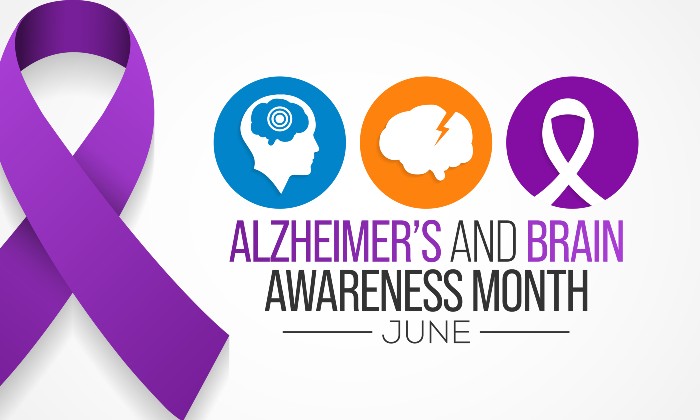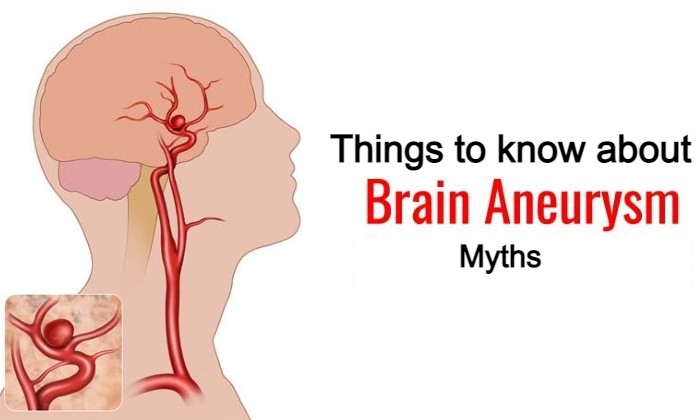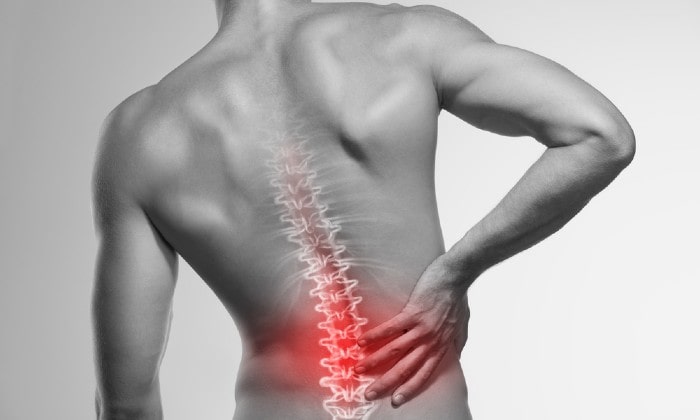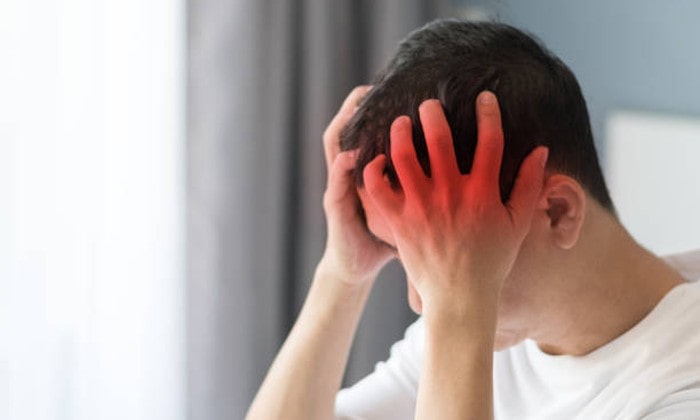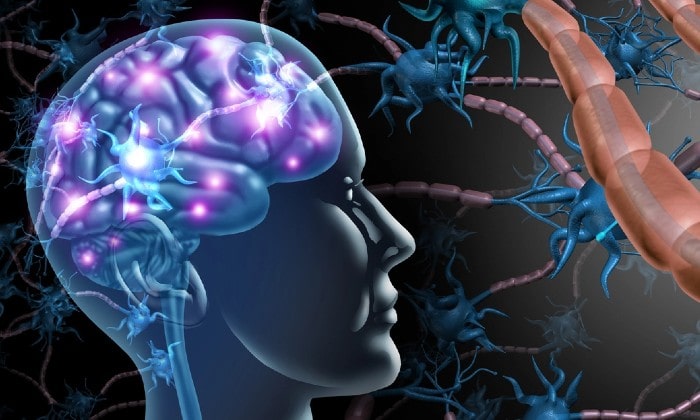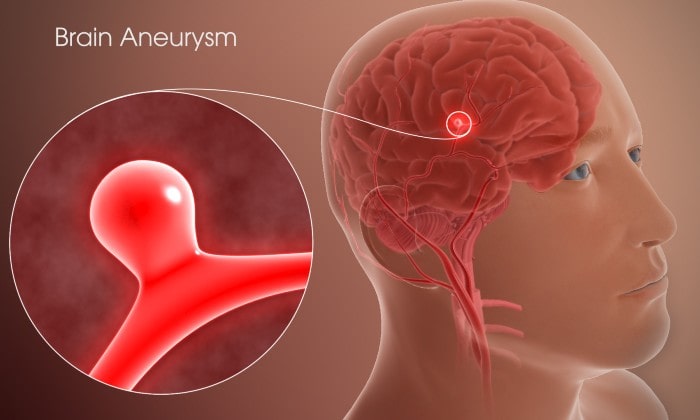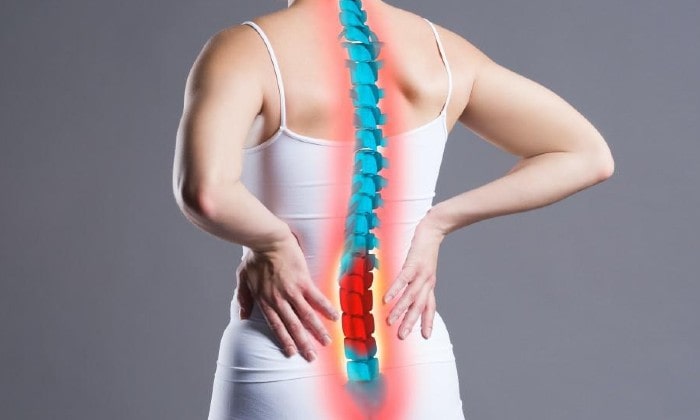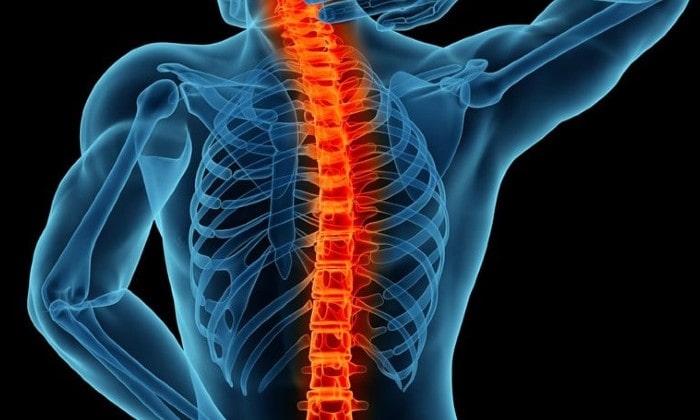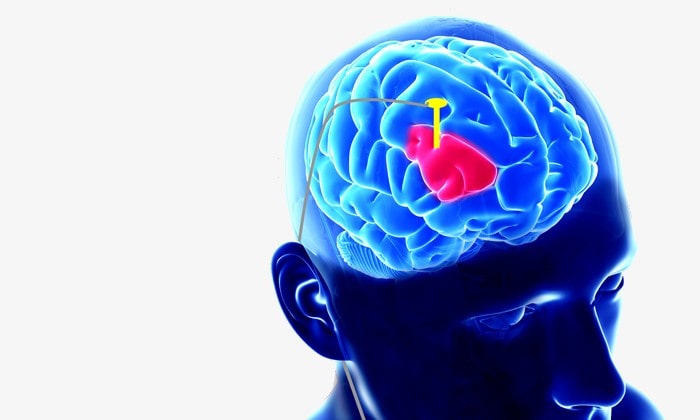Heatstroke
What is heatstroke?
Heatstroke is a life-threatening condition that causes your body to overheat when the body temperature is above 104 degrees Fahrenheit (40 degrees Celsius).
Heatstroke, also called sunstroke, is the most severe form of hyperthermia or heat-related illness. Heatstroke can lead to brain damage, organ failure, or it can cause to death.
Are there different types of heatstroke?
There are two types of heatstroke:
- Exertional heatstroke: This usually results in physical overexertion in hot and humid conditions. It develops in a few hours.
- non-exertional heatstroke: It is also called classic heatstroke; this type can occur due to underlying health conditions and age. It tends to develop after several days.
Are heat exhaustion and heatstroke the same thing?
Heat exhaustion and heatstroke are both types of hyperthermia, and heat exhaustion can develop into heatstroke if left untreated. But heat exhaustion is not as severe as heat stroke, doesn’t cause neurological problems, and isn’t life-threatening.
Who gets heatstroke?
Anybody can get heatstroke. But infants and older people are at exceptionally high risk because their bodies may not be able to regulate temperature effectively. People with occupations that require physical labor in hot environments are also susceptible to heatstroke.
Other factors that increase your risk of heatstroke include:
- Alcohol Intake.
- Male usually get heatstrokes than women.
- Dehydration
- Drugs that affect your body’s regulation of temperature include diuretics, sedatives, tranquilizers, or heart and blood pressure medications.
- Diseases affect your ability to sweat, such as cystic fibrosis.
- Some medical conditions include a sleep disorder or problems with your heart, lungs, kidneys, liver, thyroid, or blood vessels.
- Tight clothing
- High fever.
- Obesity.
- A history of heatstroke.
- Poor physical condition
SYMPTOMS AND CAUSES
What causes heat stroke?
Heatstroke occurs when your body is not able to cool itself down. Your hypothalamus (a part of your brain that controls many bodily functions) sets your core body temperature, and it typically sets your temperature at about 98.6 degrees Fahrenheit (37 degrees Celsius). But if your body takes in more heat than it releases, your internal temperature rises above this set-point.
What are the signs and symptoms of heatstroke?
Heatstroke is a medical emergency. If you or someone you know exhibits any of the following signs or symptoms, contact your doctor immediately:
- Anhidrotic (dry skin that doesn’t sweat, which is more common in non-exertional heatstroke).
- Ataxia (problems with movement and coordination).
- Balance problems.
- Delirium (confusion or disorientation).
- Dizziness.
- Excessive sweating
- Hot, flushed skin or ashen skin.
- Low or high blood pressure.
- Lung crackles (Gurgling sound in the lungs).
- Nausea and vomiting.
- Oliguria (low urine output).
- Rapid breathing or tachycardia (fast heart rate).
- Seizures.
- Syncope (fainting) or loss of consciousness.
- Weakness.
What are the potential complications of heatstroke?
People with heatstroke can slip into a coma. High body temperature can lead to:
- Acute respiratory distress syndrome (ARDS).
- Brain swelling.
- Kidney failure.
- Liver failure.
- Metabolic dysfunction.
- Nerve damage.
- Reduced blood flow to the heart and other circulatory problems.
DIAGNOSIS AND TESTS
How is heatstroke diagnosed?
- A physical exam and take your temperature.
- Blood tests or urine analysis.
- Chest X-ray or electrocardiogram (EKG) to monitor the electrical activity in your heart.
MANAGEMENT AND TREATMENT
How is heatstroke treated?
Heatstroke requires immediate medical treatment. and here are some primary steps that need to follow
- Keeping ice packs to the neck, groin, and armpits.
- Making them drink slightly salted fluids, such as sports drinks or salty water.
- Having them lay down in a cool, shady, well-ventilated environment.
- Immersing them in cool water, if possible.
- Evaporative cooling -Misting them with water and blowing air to their whole body.
- Monitoring their breathing carefully and removing airway blockages.
- Not giving any medications
- Removing heavy clothing
In your treatment procedure, the person with heatstroke may receive:
- Cooled intravenous fluids through a vein in their arm.
- Cooling blanket.
- Ice bath.
- Medication to prevent seizures.
- Supplemental oxygen.
Sometimes cold-water lavage is necessary. This treatment uses catheters (thin, flexible tubes) to fill body cavities with cold water, which helps lower the body temperature overall. The catheter may go into the rectum or down the throat.
Healthcare providers stop cooling treatments once the body reaches about 102 degrees Fahrenheit (38.9 degrees Celsius)


